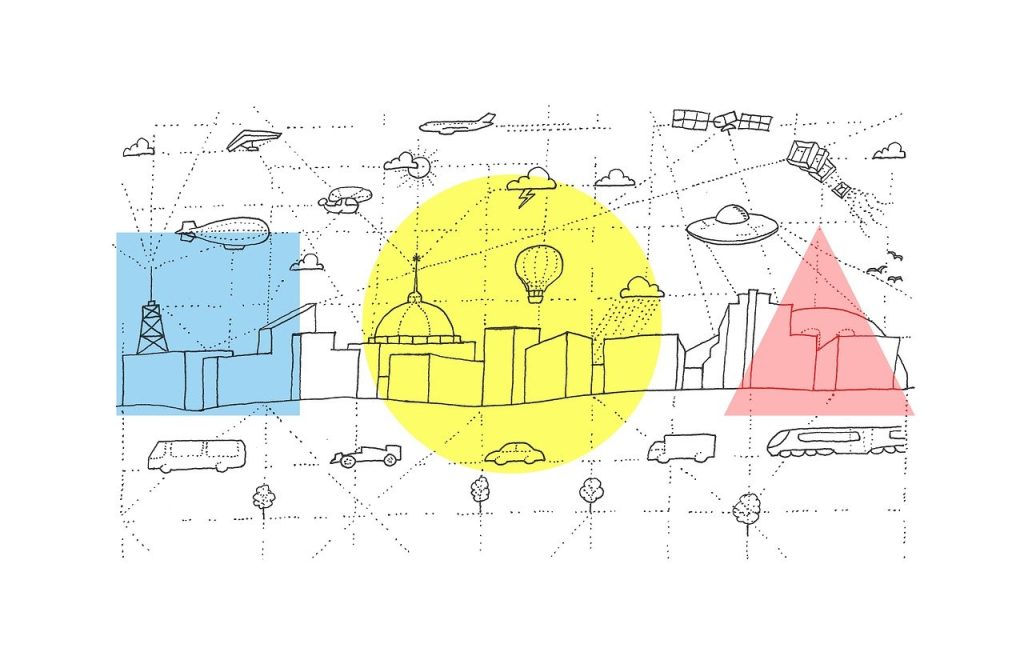Dual coding is a powerful study technique, especially beneficial for visual learners. It combines verbal information, like words or phrases, with visuals, such as diagrams or illustrations, to strengthen memory and comprehension. By engaging both the visual and verbal parts of the brain, dual coding creates richer mental connections, making it easier to remember and apply knowledge. In this article, we’ll explore how to use dual coding effectively, common mistakes to avoid, and evidence supporting its benefits.
Why Dual Coding Works for Visual Learners
Dual coding taps into the strengths of visual learners by presenting information in ways that align with how they process information best. Visual learners tend to find it easier to retain information that’s represented through images, charts, or mind maps rather than solely through text or auditory means. When words and visuals are paired together, it not only makes information easier to understand but also strengthens recall by engaging multiple areas of the brain.
According to cognitive research, processing information in dual forms—text and visuals—creates more robust memory pathways, making it easier to retrieve information when needed. For example, a study found that students who combined images with text recalled nearly twice as much information as those who relied on words alone. This makes dual coding a highly effective tool for boosting both comprehension and long-term retention.
Tips for Using Dual Coding
1. Choose the Right Visuals for Each Topic
One key to successful dual coding is selecting visuals that effectively represent the material. For instance, in biology, a diagram of a cell with labeled parts clarifies the concept much better than a plain paragraph. For history, a timeline or flowchart can help connect events in sequence. Avoid overly complicated visuals that can confuse rather than clarify; stick to simple, relevant images that reinforce core ideas.
2. Pair Key Phrases with Visuals
The goal of dual coding is to balance words and images, so use brief phrases rather than long sentences to accompany visuals. When studying ecosystems, for example, pair an image of a food chain with short labels for each level instead of a lengthy description. This approach keeps the focus on understanding the main concept and prevents cognitive overload.
3. Use Color Coding Strategically
Visual learners benefit from organized color schemes, as colors help categorize information and make it visually distinct. When studying vocabulary, try using colors to group synonyms, antonyms, or related terms. This color-coded categorization not only strengthens associations but also makes the information easier to retrieve visually. For math or science, different colors can highlight key formulas or steps in solving a problem.
4. Create Flashcards with Diagrams
Flashcards are an ideal tool for dual coding. Use them to pair definitions or concepts with visuals, such as a diagram of the human heart with labeled parts on one side and definitions on the other. For complex subjects, like chemistry, you could draw simple atomic structures on flashcards. By combining visual elements with essential information, you create a rich resource for review.
5. Draw Your Own Visuals to Reinforce Learning
Sketching your own versions of visuals, even if they’re basic, can deepen your understanding. If studying anatomy, for example, try drawing a rough outline of the skeletal system. This active engagement in creating visuals helps your mind process the information on a deeper level, making it easier to recall later.

Common Mistakes to Avoid
1. Overloading with Too Many Visuals
Visuals are powerful, but too many can become distracting or overwhelming. It’s best to focus on quality over quantity. Choose visuals that clarify key ideas and avoid unnecessary decoration. In subjects like chemistry, for instance, stick to simplified molecular models that emphasize structure rather than complex, highly detailed illustrations.
2. Skipping Text Altogether
Some students mistakenly rely solely on visuals, but dual coding requires a balanced approach. Clear labels or brief explanations are essential to reinforce what each part of the visual represents. Without any accompanying text, students may struggle to recall specifics or lose context.
3. Using Irrelevant or Decorative Visuals
The visuals you use should be directly related to the material. While pictures can make information look interesting, unrelated images only distract from the main points. For example, if you’re studying a historical event, a meaningful timeline or map would be far more effective than unrelated pictures of famous figures or landmarks.

Scientific Evidence Supporting Dual Coding
Research shows that dual coding not only aids memory retention but also improves comprehension by providing multiple mental “paths” for accessing information. One study demonstrated that students using dual coding retained twice as much information as those who focused on text alone. The technique works because visuals and words are stored in different memory systems, so combining them helps students recall information more easily. Another study found that dual coding benefits not only visual learners but also those with varied learning styles by reinforcing material through two complementary formats.
In classrooms, teachers have seen significant improvements in students’ ability to retain and understand complex subjects, such as science and history, when they integrate visuals into their teaching materials. Dual coding’s effectiveness stems from encouraging students to process information deeply and make connections across different types of content.
Dual coding is an invaluable strategy for visual learners and others, providing a more comprehensive way to absorb and recall complex information. By pairing words with images in a thoughtful and organized manner, students can enhance their understanding and memory retention, making dual coding a powerful tool in any study routine. When applying this technique, focus on relevant visuals, clear labeling, and balanced use of text and images. With practice, dual coding can help you approach learning more effectively, improving not only academic performance but also confidence in handling challenging material.

